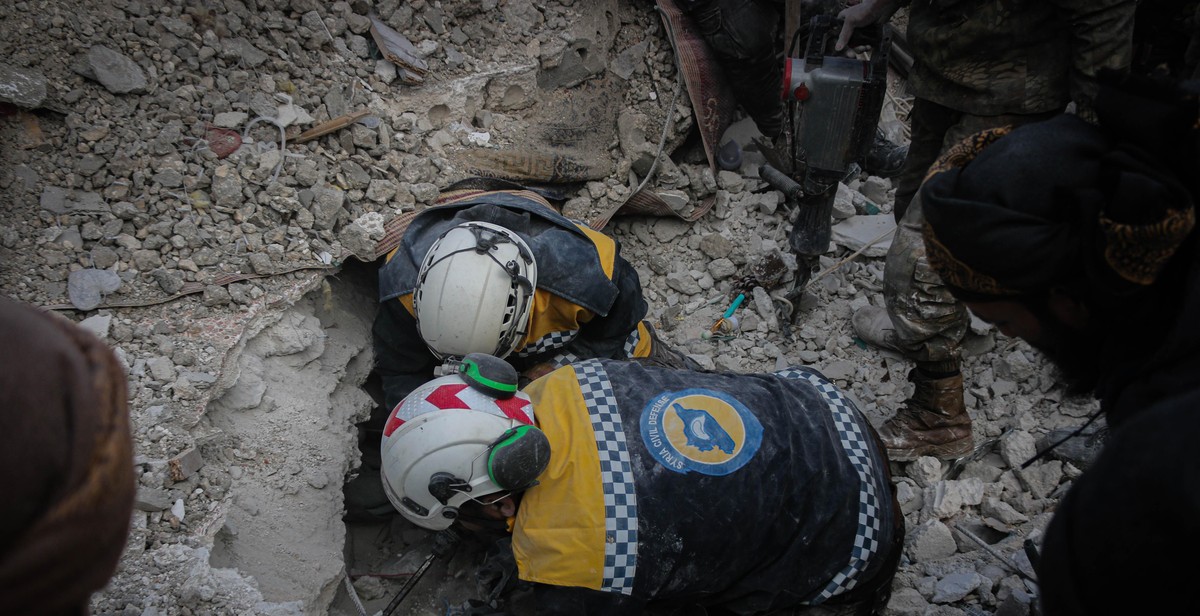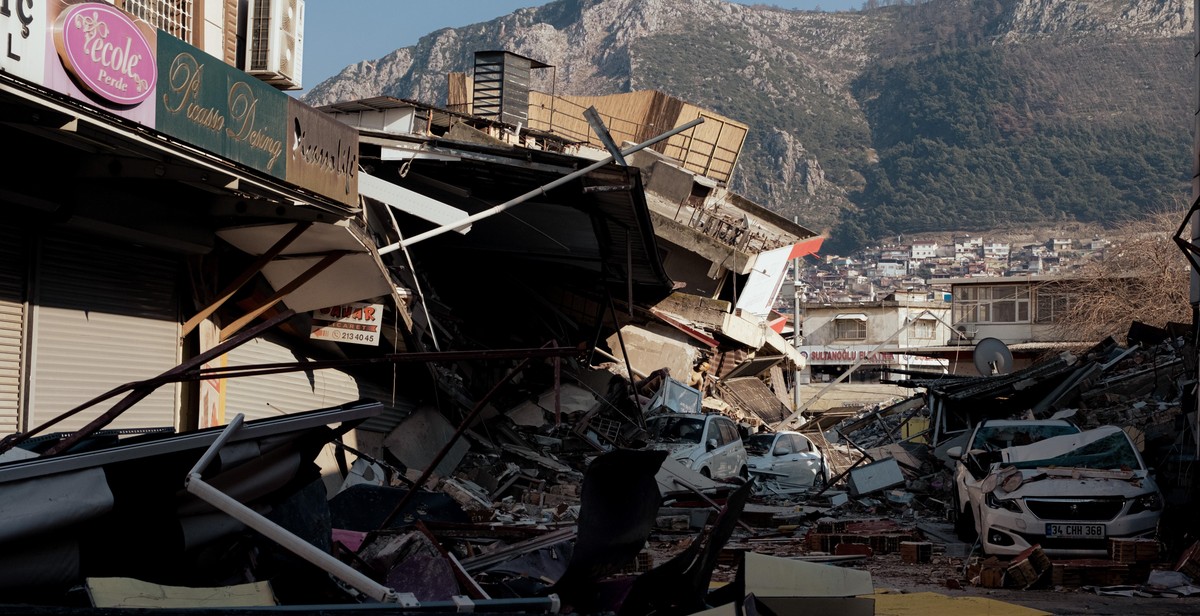How to Prepare an Earthquake Emergency Kit: Supplies and Essentials for Survival
Earthquakes are unpredictable and can happen at any time. It is important to be prepared for such an eventuality in order to minimize the impact of the disaster. One of the ways to prepare for an earthquake is by having an emergency kit. An earthquake emergency kit is a collection of essential items that you will need in case of an earthquake.
Why You Need an Earthquake Emergency Kit
An earthquake emergency kit can help you survive the aftermath of an earthquake. In the event of an earthquake, you may be cut off from essential services such as water, electricity, and medical care. Having an emergency kit can help you survive until help arrives.
What to Include in an Earthquake Emergency Kit
There are several items that you should include in your earthquake emergency kit. These items include:
- Water: You will need at least one gallon of water per person per day for drinking and sanitation.
- Food: Non-perishable food items such as canned food, energy bars, and dried fruits are ideal.
- First Aid Kit: Include bandages, antiseptic, pain relievers, and any prescription medication you may need.
- Flashlight: Include extra batteries.
- Radio: Include extra batteries.
- Whistle: To signal for help.
- Dust mask: To filter contaminated air.
- Moist towelettes, garbage bags, and plastic ties: For personal hygiene.
- Wrench or pliers: To turn off utilities.
- Important documents: Copies of identification, insurance policies, and emergency contact information.
Having an earthquake emergency kit is crucial for your survival. Make sure you have one in your home and in your car. Remember to check your kit regularly and replace expired items.

Understanding Earthquakes
Earthquake is one of the most devastating natural disasters that can occur at any time and anywhere in the world. An earthquake is defined as a sudden shaking of the ground caused by the release of energy from the Earth’s crust. This energy is released in the form of seismic waves that travel through the Earth’s surface and cause the ground to shake.
How do Earthquakes Happen?
Earthquakes are caused by the movement of tectonic plates that make up the Earth’s crust. These plates are constantly moving and shifting, and when they collide or rub against each other, it can cause a build-up of pressure. When this pressure is released, it causes an earthquake.
Earthquakes can also be caused by human activity such as mining, drilling, and the construction of large dams or buildings. These activities can cause stress on the Earth’s crust and trigger an earthquake.
Understanding Earthquake Magnitude
Earthquake magnitude is a measure of the amount of energy released during an earthquake. It is measured on the Richter scale, which ranges from 0 to 10. Each increase in magnitude represents a tenfold increase in the amplitude of the seismic waves and a thirtyfold increase in the amount of energy released.
Earthquakes with a magnitude of 2.5 or less are usually not felt by humans, while those with a magnitude of 7.0 or higher can cause widespread damage and loss of life.
| Magnitude | Effects |
|---|---|
| Less than 2.5 | Usually not felt, but can be recorded by seismographs |
| 2.5 to 5.4 | Often felt, but only causes minor damage |
| 5.5 to 6.0 | Can cause damage to buildings and other structures |
| 6.1 to 6.9 | Can cause severe damage in populated areas |
| 7.0 to 7.9 | Major earthquake. Can cause serious damage over large areas |
| 8.0 or greater | Great earthquake. Can cause catastrophic damage |
Understanding the basics of earthquakes can help you prepare for them and minimize their impact. By having an emergency kit ready and knowing what to do during an earthquake, you can increase your chances of survival and protect yourself and your loved ones.

Why is an Emergency Kit Important?
Emergencies can strike at any time, and when they do, it is crucial to be prepared. One of the most critical steps you can take to ensure your safety and that of your loved ones is to have an emergency kit on hand. An emergency kit is a collection of essential supplies and equipment that can help you survive and stay safe during an emergency or disaster, such as an earthquake.
What is an Emergency Kit?
An emergency kit is a collection of items that are necessary for survival during an emergency. These items are typically stored in a backpack, duffel bag, or other easily accessible container. Emergency kits can vary in size and contents, depending on the situation and your needs. However, some basic items should be included in every emergency kit.
What Should be in an Emergency Kit?
An emergency kit should contain enough supplies to last for at least three days. The following items should be included in your emergency kit:
- Water – at least one gallon per person per day
- Non-perishable food – canned goods, energy bars, and other easy-to-prepare items
- First aid kit – bandages, antiseptic, pain relievers, and other essential items
- Flashlight and extra batteries
- Whistle – to signal for help
- Emergency blanket – to keep warm
- Dust mask – to filter contaminated air
- Personal hygiene items – toilet paper, hand sanitizer, and other essentials
- Cash – in case of power outages or other disruptions
- Important documents – copies of identification, insurance policies, and other documents
- Tools – pliers, wrench, and other basic tools to turn off utilities
Why is an Emergency Kit Important During an Earthquake?
Earthquakes can strike without warning, leaving people without access to food, water, and shelter. An emergency kit can help you survive the immediate aftermath of an earthquake and provide you with the necessary supplies to stay safe until help arrives. Additionally, emergency services may be delayed or unavailable during an earthquake, making it even more critical to have an emergency kit on hand.
By having an emergency kit, you can increase your chances of survival during an earthquake or other emergency. It is essential to prepare an emergency kit and make sure that everyone in your household knows where it is located and how to use its contents.

Preparing an Earthquake Emergency Kit
Earthquakes can strike at any time, without warning. It is important to be prepared and have an emergency kit on hand. Here are the essential items to include in your earthquake emergency kit:
Water and Food
Water and food are the most important items to include in your emergency kit. It is recommended to have at least one gallon of water per person per day for at least three days. Non-perishable food items such as canned goods, energy bars, and dried fruits are good options. Make sure to include a manual can opener and utensils.
First Aid Kit
Injuries are common during earthquakes. A first aid kit should include bandages, gauze, antiseptic wipes, pain relievers, and any necessary prescription medications. Make sure to also include a first aid manual.
Clothing and Shelter
After an earthquake, you may need to evacuate or seek temporary shelter. It is important to have warm clothing and a sturdy pair of shoes in your emergency kit. A sleeping bag or emergency blanket can also provide warmth and shelter. Consider including a tent or tarp for additional protection.
Tools and Supplies
Tools and supplies can be helpful for a variety of reasons. A flashlight with extra batteries, a whistle, and a radio can provide light, communication, and help signal for assistance. A multi-tool, duct tape, and a wrench can be useful for repairs. It is also important to include personal hygiene items such as toilet paper, hand sanitizer, and feminine products.
| Water and Food | First Aid Kit | Clothing and Shelter | Tools and Supplies |
|---|---|---|---|
|
|
|
|

Conclusion
Preparing an earthquake emergency kit is an important step in ensuring your safety and survival during a seismic event. By packing essential supplies and keeping them in a designated location, you can have peace of mind knowing that you are prepared for any situation.
Remember to include items such as water, food, first aid supplies, and a flashlight in your earthquake emergency kit. It is also important to regularly check and update your supplies to ensure that they are still in good condition and have not expired.
Additionally, it is important to have a plan in place for communication and evacuation in the event of an earthquake. Discussing and practicing this plan with your family or household members can help ensure that everyone knows what to do in an emergency.
Overall, being prepared for an earthquake can make a significant difference in your safety and survival. Take the time to gather and pack essential supplies, create a plan, and stay informed about potential seismic activity in your area.
References:
- https://www.ready.gov/earthquakes
- https://www.redcross.org/get-help/how-to-prepare-for-emergencies/types-of-emergencies/earthquake.html
- https://www.fema.gov/media-library/assets/documents/90354
